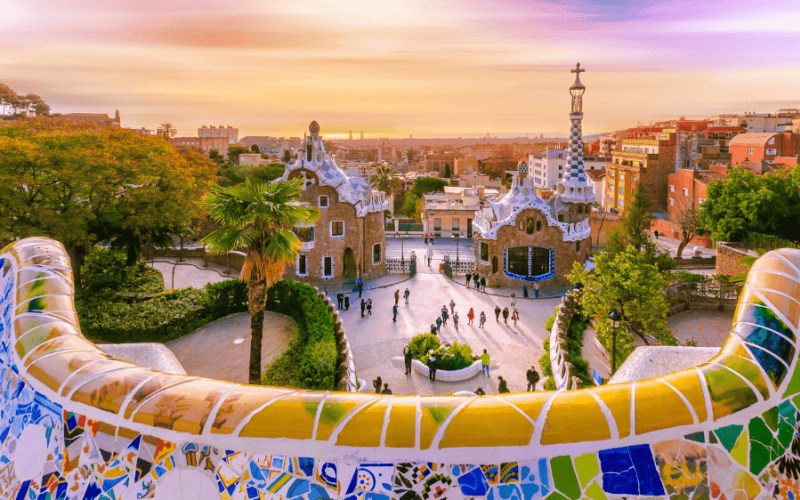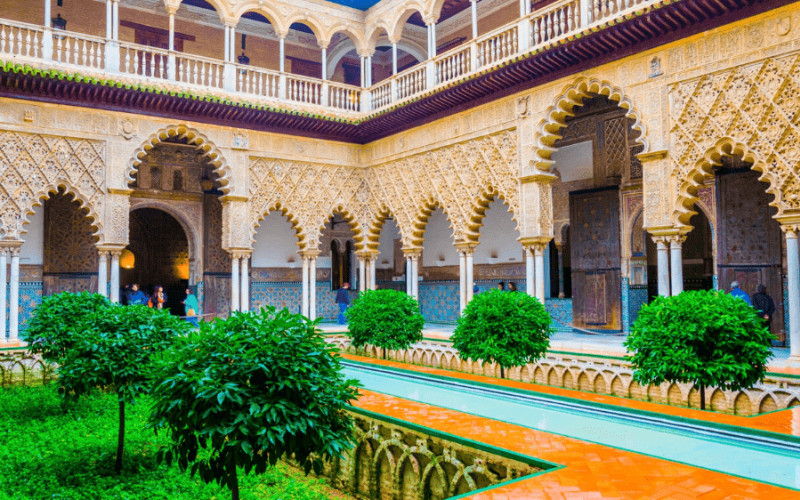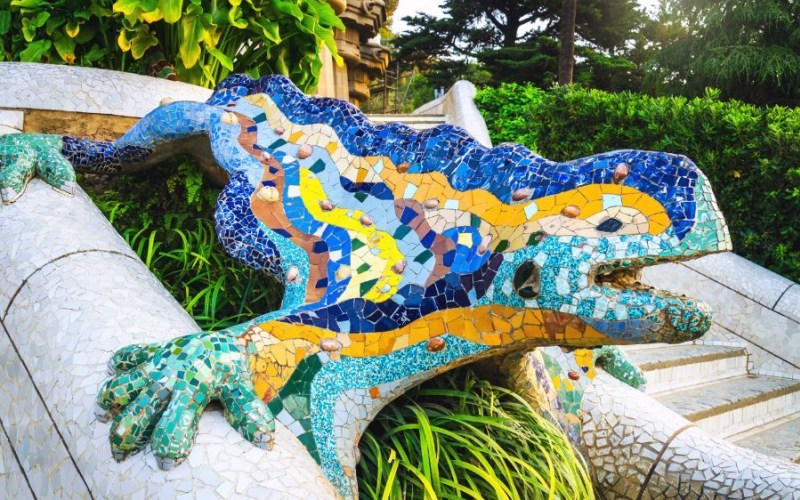Andalucia is a region of striking variety where Moorish architecture stands alongside whitewashed hill towns and flamenco remains an integral part of its culture. Its landscapes range from mountain ranges and olive groves to historic city centres filled with significant monuments. Centuries of Roman, Islamic and Christian influence are reflected in its buildings, traditions and everyday life. From world-famous landmarks to local markets and rural towns, Andalucía offers a wealth of places to discover. Here are some of the most notable highlights and a few lesser-known spots worth exploring.
Seville – Birthplace of tapas & spirit of Flamenco
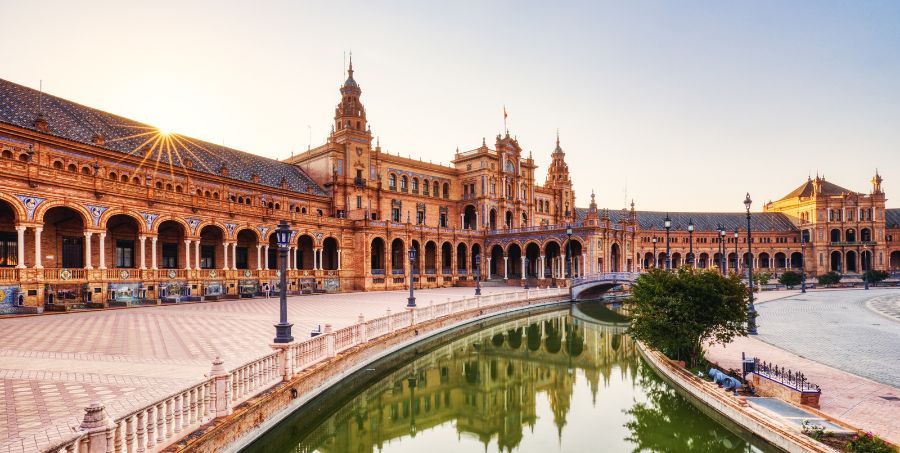
Seville is rich in architectural and cultural landmarks. The Plaza de España, built for the Ibero-American Exposition of 1929, is one of its most recognisable sites, while the Royal Alcázar showcases a blend of Islamic, Gothic, Renaissance and Baroque design. Other notable landmarks include the San Telmo Palace and the Golden Tower, both significant in the city’s maritime history. The historic Jewish quarter, with its narrow streets and hidden courtyards, offers a glimpse into Seville’s layered past. Flamenco is central to the city’s identity and can be enjoyed in venues and at cultural events. The historic centre’s squares, markets and pedestrian streets keep it lively throughout the year.
UNESCO World Heritage city of Córdoba
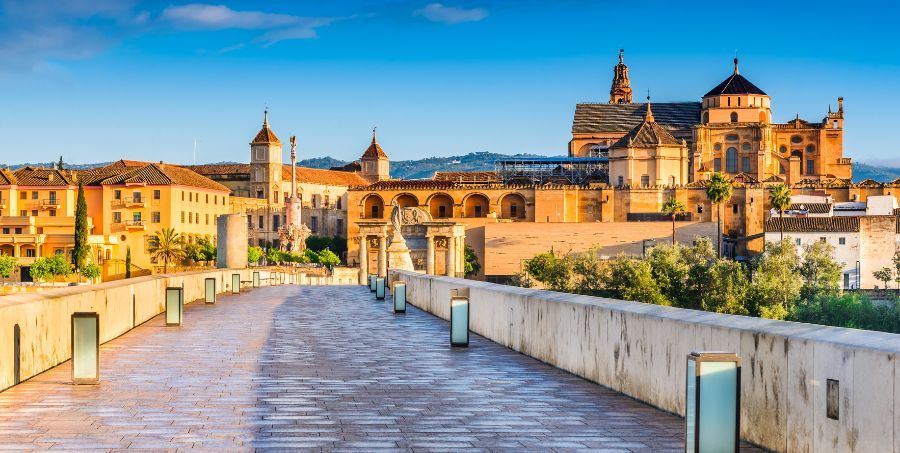
Córdoba was once one of the most important cities in Europe, serving as the capital of the Islamic Caliphate in the 10th century and a major centre of learning, culture and trade. Its historic quarter, now a UNESCO World Heritage Site, preserves much of this legacy in its narrow streets, whitewashed houses and traditional courtyards. At the heart of the city stands the Mezquita–Cathedral of Córdoba, one of Spain’s most remarkable monuments. Built as a mosque in the 8th century and later transformed into a Christian cathedral, it is renowned for its striking red-and-white arches and intricate decoration, which reflect the city’s layered history.
Whitewashed towns of Loja and Antequera
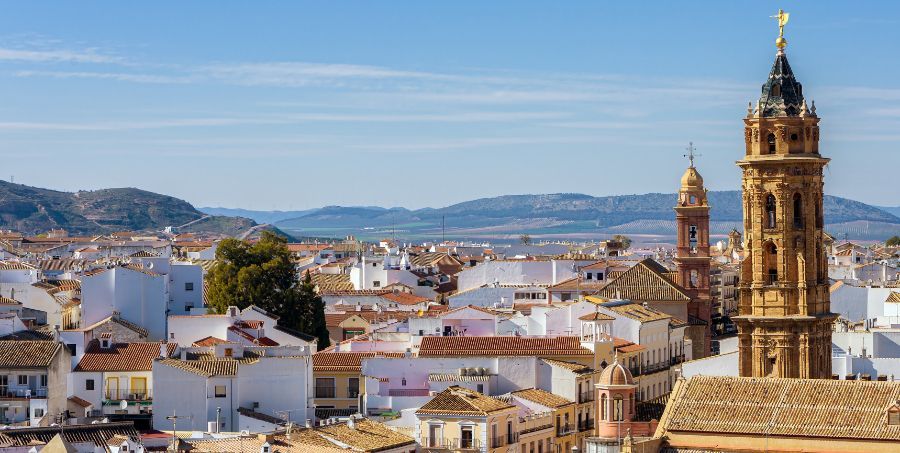
Loja and Antequera are characteristic Andalucían towns, known for their whitewashed houses, terracotta roofs, and narrow streets. Both are set against mountain backdrops and surrounded by olive groves. Local life centres on small bakeries, markets, and central squares. Antequera is also home to the Dolmen de Menga, one of the largest megalithic structures in Europe, dating back over 5,000 years and recognised as part of a UNESCO World Heritage Site.
Granada & the Alhambra – Moorish palaces & mountain views
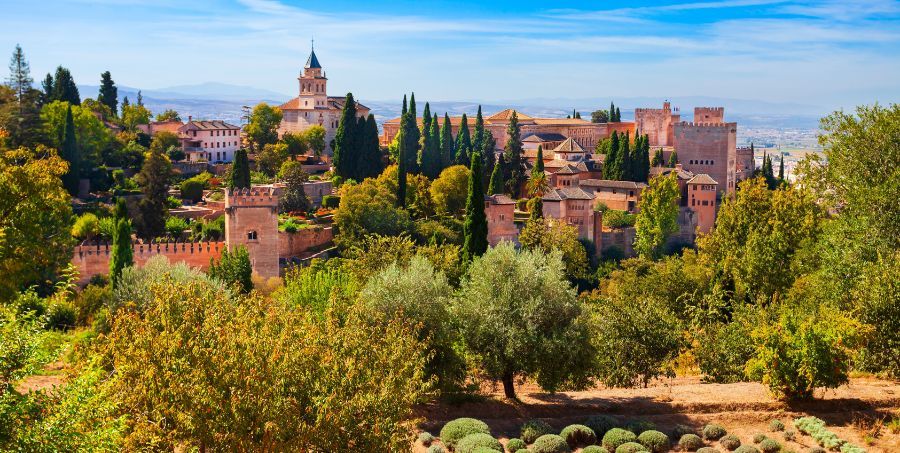
Granada’s most renowned site is the Alhambra, a UNESCO World Heritage-listed palace and fortress complex. It includes the Nasrid Palaces, the Alcazaba fortress, and the landscaped Generalife Gardens, all of which showcase outstanding Moorish architecture. The Albaicín district, with its narrow, winding streets, offers panoramic views of the Alhambra framed by the Sierra Nevada mountains. Granada combines historic significance with a vibrant atmosphere, thanks to its markets, cafés, and lively tapas culture.
Ready to experience the best of Andalucía?
Andalucía’s appeal comes from its mix of major historic landmarks and authentic local culture. From the architectural significance of the Alhambra and the Mezquita to the traditional character of its mountain towns, each destination highlights a different aspect of the region’s heritage. For anyone planning a Spain holiday, visiting Andalucía offers the opportunity to explore historic palaces, walk through whitewashed streets and experience traditions such as flamenco that remain an important part of local life.

